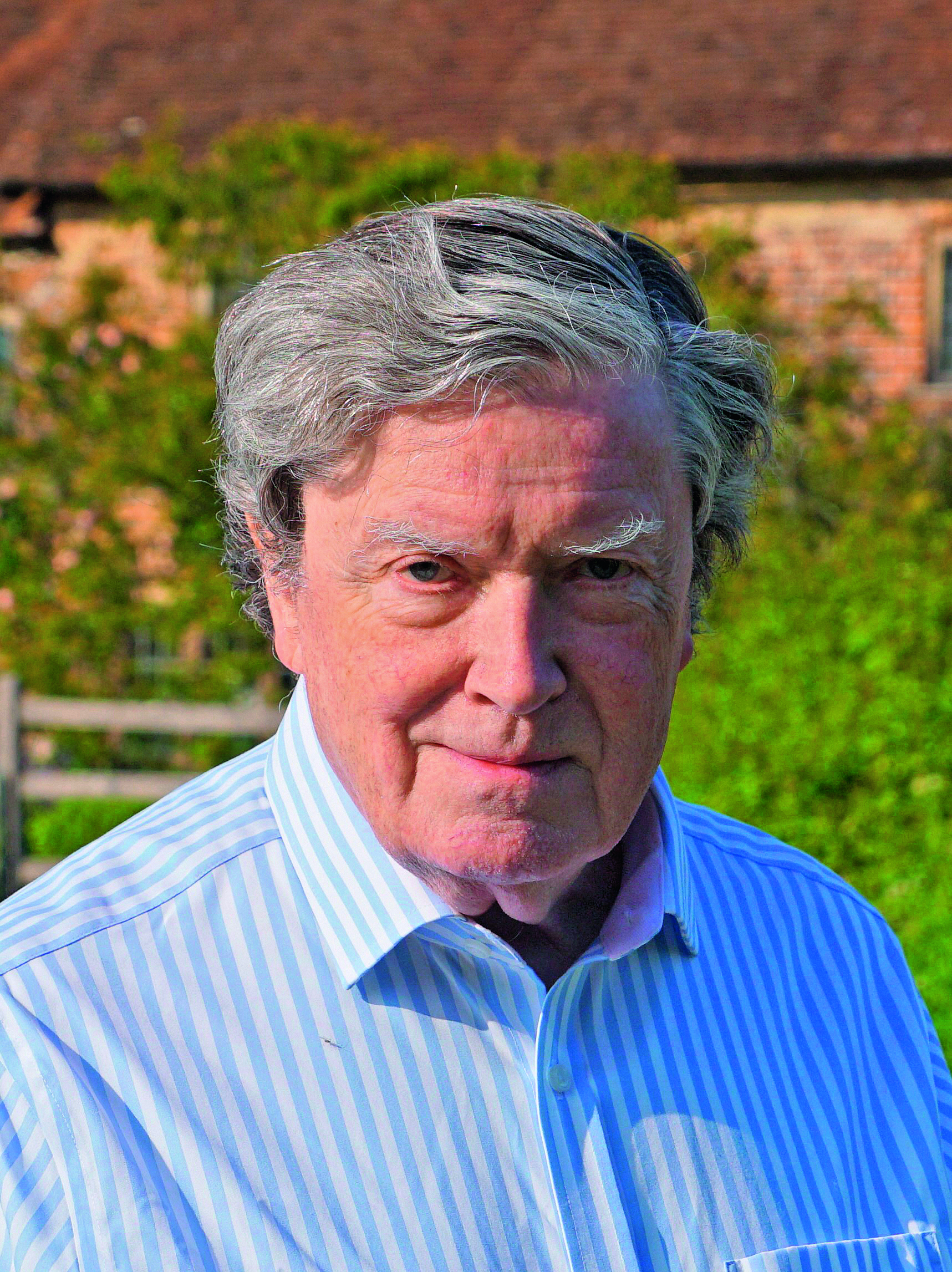Charles-Quest Ritson: 'Gardens are like people — most of them don’t age well'
Charles Quest-Ritson reminisces on his younger days and laments the passing years — not least our shared tendency with gardens to become 'rather seedy in old age, which is when they need constant attention to stay looking good'.
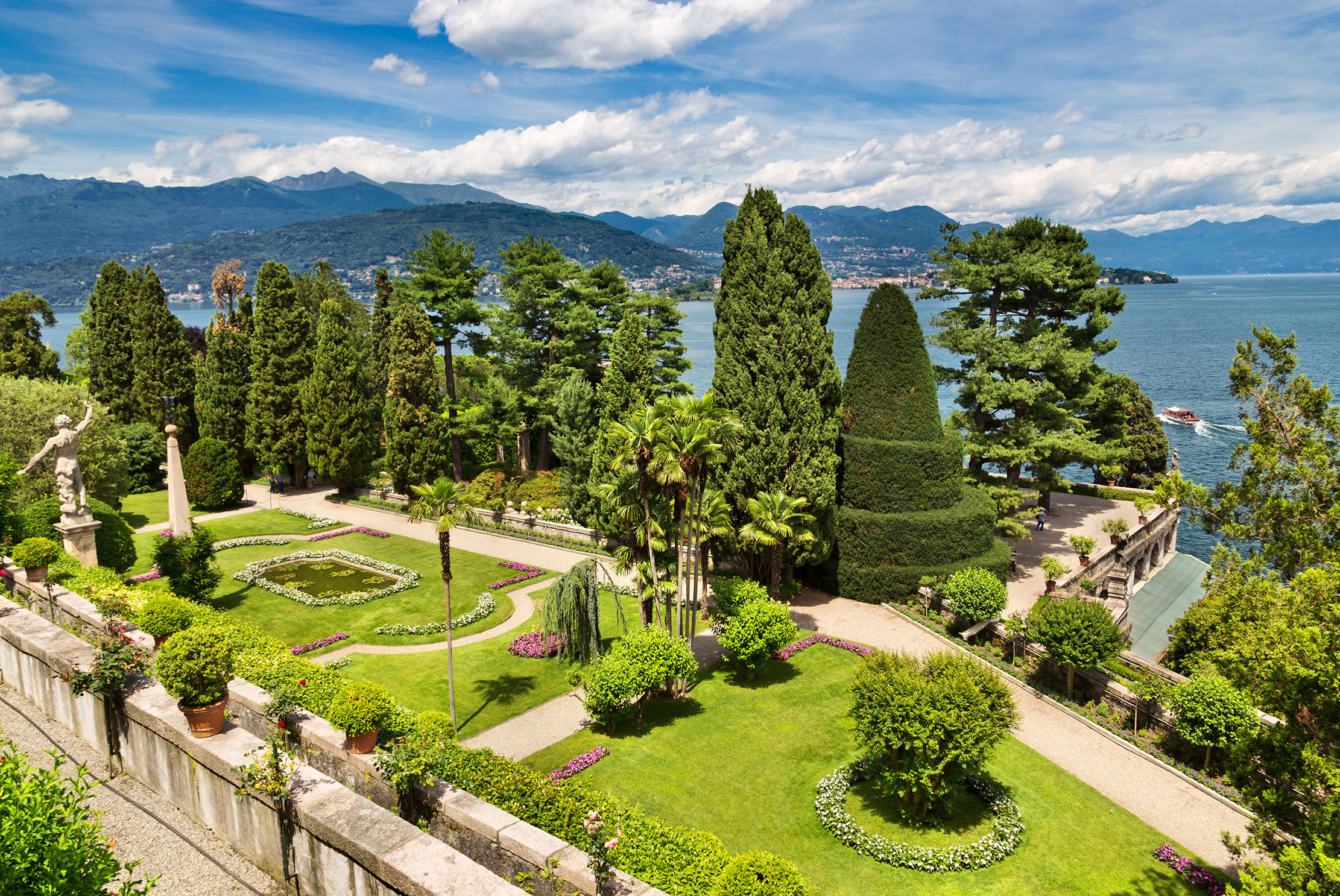

When I was 18 and waiting to go up to the Varsity (as my grandmother called it) I hitchhiked out to Italy in search of all those new excitements that young men hope to experience. Culture, mainly, in my case — Italian girls were unassailable in those days. It was my first solo trip abroad and I fell deeply in love with Baroque churches, olive-covered landscapes and classical Italian gardens.
I had a lightbulb moment when I visited Isola Bella (pictured above), the garden-island in Lake Maggiore that is tiered like a Spanish galleon. I sprinted up to the topmost terrace and looked down at the formal garden below. It had four box-edged parterres with a pool at the centre, a design that art historians call a ‘quincunx’. But the whole garden was framed by four vast yew-trees, still clipped to their original conical shape and now quite out of scale.
What had begun as neat dwarf bushes had grown inexorably. Gardeners had pruned them year by year since 1680, but never quite hard enough. I stared and pondered. Those yews were magnificent — I was impressed by their longevity — but I realised in a flash that they were a living lesson in the importance of keeping a garden under control, in scale with the original vision.
This lesson was reinforced in about 1990, when Sir Roy Strong lobbied, very successfully, for the wholesale restoration of William III's Privy Garden at Hampton Court. This required the vast old yew trees that had stood for nearly 300 years to be removed, so that the entire site could return to its original designs and plantings. The outcome was a triumph, and I wondered whether the princely owners of Isola Bella would follow Sir Roy’s example. They didn't.
Let’s get a bit more personal. Gardens are like people. Most of them don’t age well. They’re full of promise when young, admirable when fully grown and rather seedy in old age, which is when they need constant attention to stay looking good. One of the problems is that the elderly don’t see themselves or their gardens as they appear to others. They are very reluctant to do a radical refurbishment of something that they have watched developing over the years of their ownership.
"Rare is the garden owner who constantly renews and updates his garden"
Trees pose the biggest problem. When we start to make a garden — I say ‘we’ because I’ve made the same mistake myself time and again — we seldom allow for plants to grow to their full size. We plant too thickly. It doesn’t seem like that at the time and one could argue that dense planting is not really a fault because it follows from a desire to fill the space quickly with as much beauty as possible.
Experts skirt around the problem: there are masses of books that tell you what to plant underneath your ever-growing trees — cyclamen being one of the most rewarding choices — but there comes a time when the trees start competing with each other for light and you have to start thinning them. How do you make choices? The gardening gurus have no answers.
Exquisite houses, the beauty of Nature, and how to get the most from your life, straight to your inbox.
Rare is the garden owner who constantly renews and updates his garden. Trees are limbed up, hedges are hacked back to the trunk and shrubs of all kinds are manured and pruned hard to rejuvenate their growth. Herbaceous plants are split up and replanted regularly; clumps of bulbs are separated out and spaciously replanted; good doers such as cyclamens, snowdrops and Crocus tommasinianus are told to go forth and multiply in new areas of the garden. Yes, there is a sort of beauty that comes only with age and neglect, but it’s difficult to get right.
Most people don’t notice the problems that they have created. And oldies don’t like change. Trees and shrubs grow up and take light away from the windows. The owners look out and think how wonderfully those trees have grown. Their children visit them and think how dark and gloomy the house is now. When their parents die and the house is put up for sale (‘in need of modernisation’), the estate agents tell them to cut down all the offending trees and shrubs and let in some light.
What about those inflated yew trees at Isola Bella? On my last visit, I noticed that two of them had died. It should have been an opportunity to do a Roy Strong and replant the garden as it was in 1680. Now, however, the quincunx is more out of kilter than ever, with two old specimens and two new ones.
I have learned much since my first visit, but sometimes I wish I were 18 again and just setting out on the journey of discovery that has taken me to so many beautiful gardens. And they say that Italian girls are much more approachable nowadays...
Charles Quest-Ritson wrote the RHS Encyclopedia of Roses
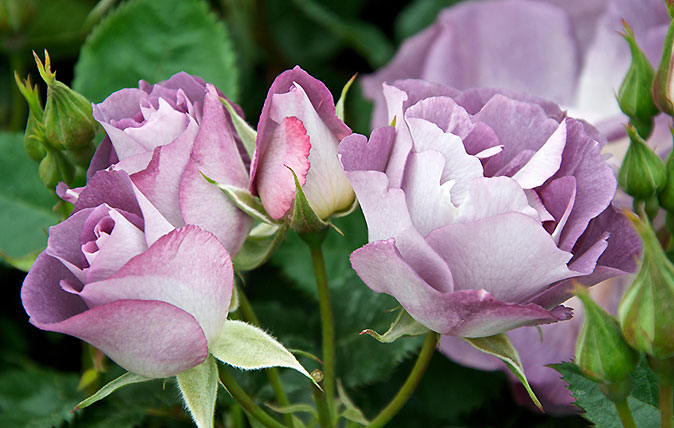
Ultimate guide to growing roses: What to plant, where to plant it, and why you really don’t need to prune
Charles Quest-Ritson, author of the RHS Encylcopedia of Roses, tells you everything you need to know about growing roses.
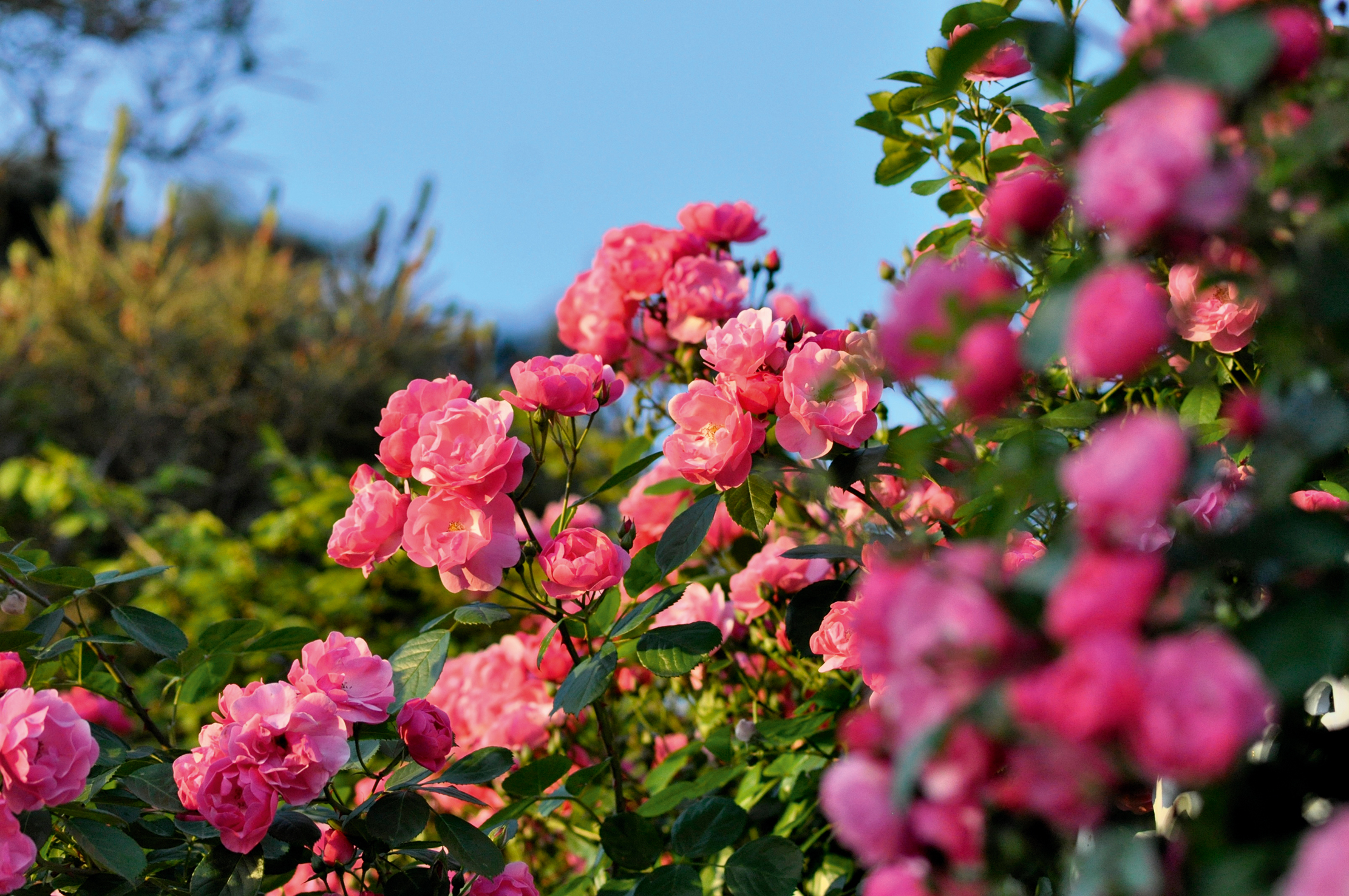
Credit: Getty
Charles Quest-Ritson: 2020 was terrible in so many ways — but at least it was the best year I can remember for roses
Our expert columnist Charles Quest-Ritson — who literally wrote the book on roses — reveals that his 2020 crop was the greatest
Charles Quest-Ritson is a historian and writer about plants and gardens. His books include The English Garden: A Social History; Gardens of Europe; and Ninfa: The Most Romantic Garden in the World. He is a great enthusiast for roses — he wrote the RHS Encyclopedia of Roses jointly with his wife Brigid and spent five years writing his definitive Climbing Roses of the World (descriptions of 1,6oo varieties!). Food is another passion: he was the first Englishman to qualify as an olive oil taster in accordance with EU norms. He has lectured in five languages and in all six continents except Antarctica, where he missed his chance when his son-in-law was Governor of the Falkland Islands.
-
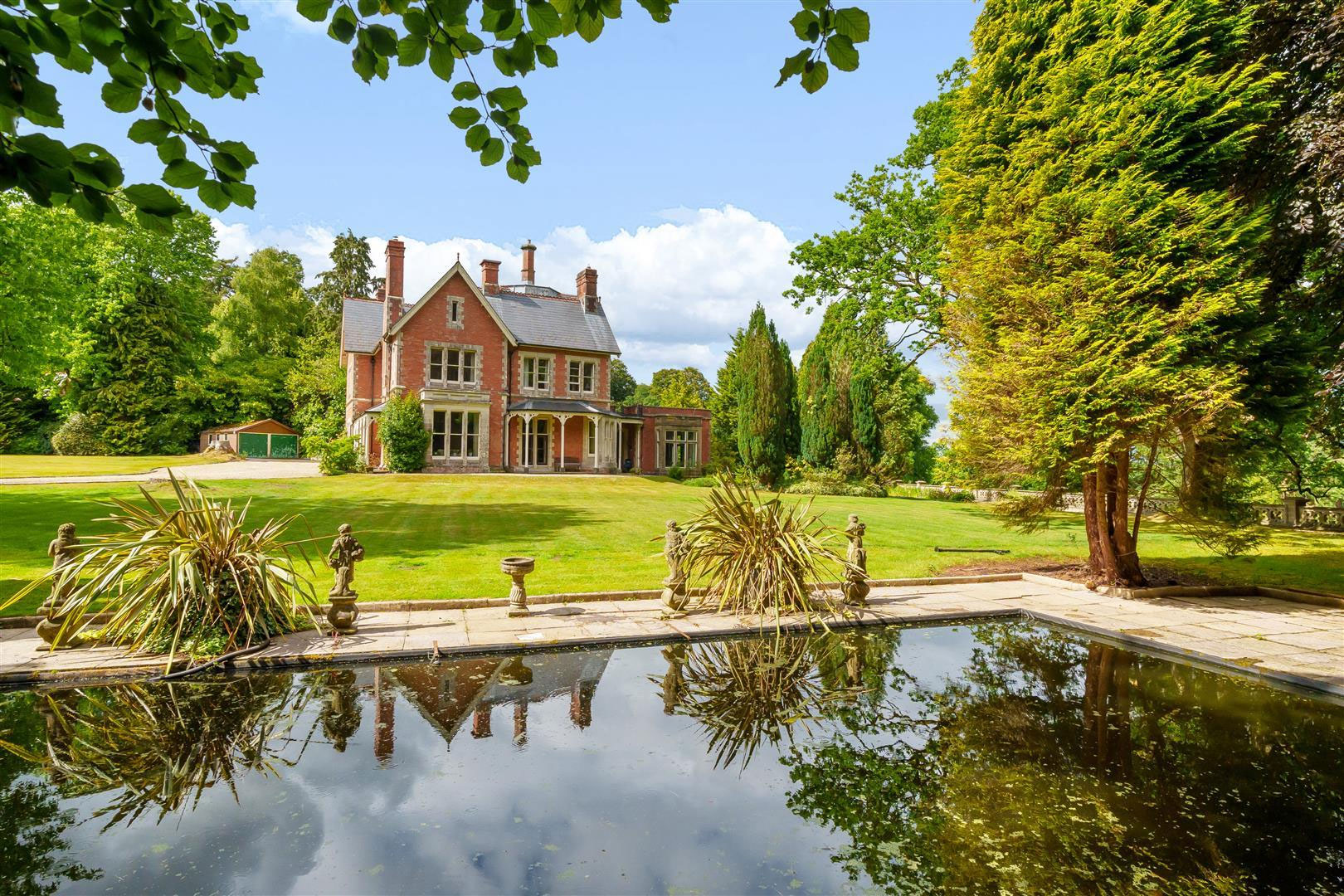 How to buy a house at auction
How to buy a house at auctionBuying at auction can mean you secure your dream property for a bargain price, but preparation is the key
-
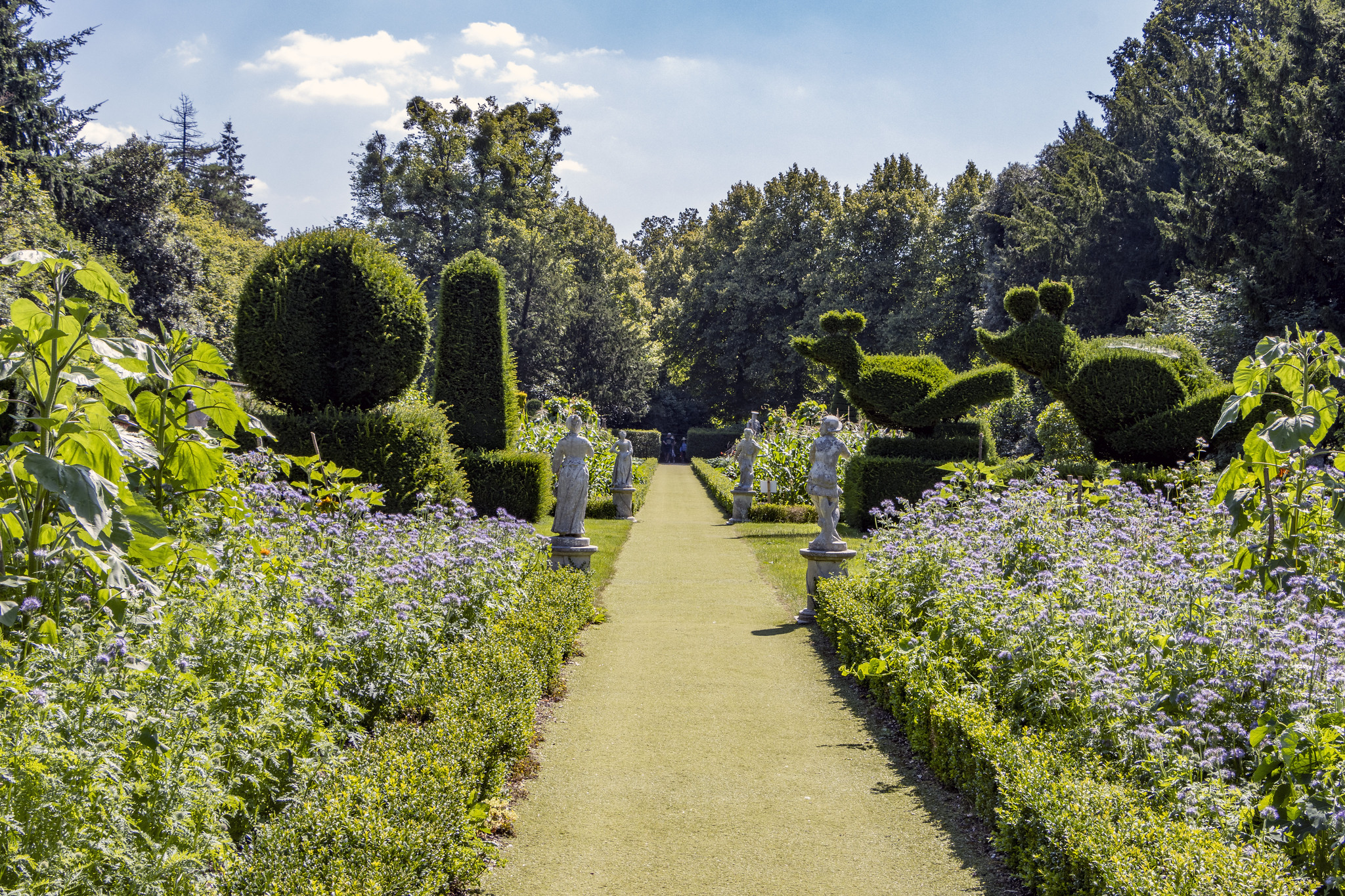 This restoration of a Cliveden garden honours the original vision of Norah Lindsay’s 1930s design
This restoration of a Cliveden garden honours the original vision of Norah Lindsay’s 1930s designA biodiverse climate-friendly planting scheme replaces the annual bedding displays at this National Trust garden in Buckinghamshire.
